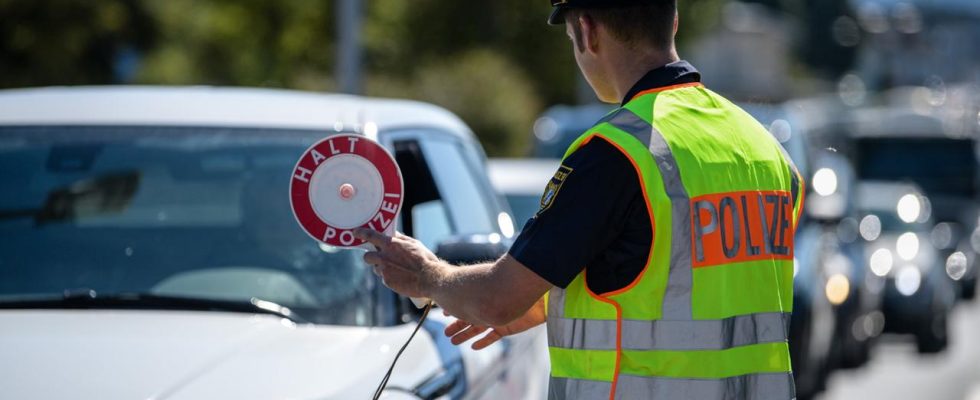background
Border controls massively contradict the European idea – especially in the Schengen area. But they are allowed, and some have been around for years. Now Germany wants to introduce new ones.
Border controls between European neighbors should only be a last resort – that’s what the rules for the common Schengen area want. The current German plans have not yet been formally submitted to Brussels, according to the latest information from the responsible Commission spokeswoman Anita Hipper. “We haven’t seen anything about this yet.” But discussions have started with the member states “to see where the specific challenges lie and to ensure that we find common solutions.”
border controls when there is a threat to internal security
The Schengen Code allows member states to initiate controls at internal borders on their own initiative in certain situations. Generally speaking, when a serious threat to internal security or a threat to public order is identified.
Measures to combat terrorism and in the event of an acute public health crisis are permitted – for example during the corona pandemic. But also “measures against the instrumentalization of migrants,” as the regulations say – for example against smuggling.
An EU member state can then decide to introduce controls for 30 days. These can be extended to a maximum of six months.
Fibers for cooperation with neighboring countries
The Schengen Code also says that it is crucial to inform neighboring states. Federal Interior Minister Nancy Faeser announced this on Deutschlandfunk today: “It’s important to me that we have effective measures, and they are most effective in close cooperation. The Czech Republic has already said that they are carrying out increased controls with us – also in the Czech Republic , including with the federal police.”
She is now trying to achieve that with Poland.
“Controls contradict the European idea”
With the Schengen requirements, the EU Commission basically wants to ensure that the reintroduction of controls at internal borders is only used as a last resort, says Commission spokeswoman Hipper.
Because of course they contradict the core of the European idea: “Our always valid position on this is: The introduction of border controls within the EU must be the absolute exception, it must be limited in time.”
Some border controls has been around for years
And yet, significantly longer border controls within the EU have long since become part of the European reality again.
The rule is: Inpatient controls that go beyond the 30-day rule must be proposed by the EU Commission and then approved by the European Council. These controls are initially designed to last a maximum of two years – but can also be extended again.
So far, the EU Commission has always complied with such requests from the member states. The most well-known long-running border controls are in Bavaria – on the border with Austria. Since autumn 2015, they have repeatedly been temporarily registered by the Federal Ministry of the Interior with the EU Commission – and have repeatedly been approved and extended.

